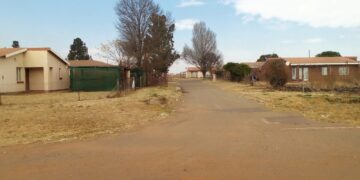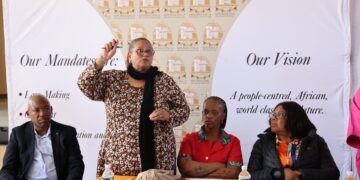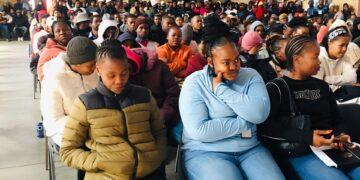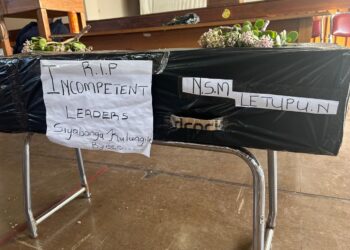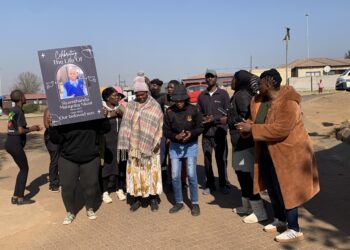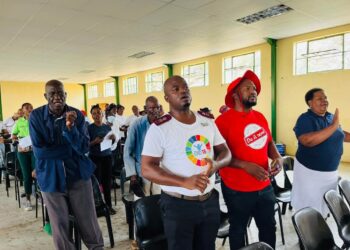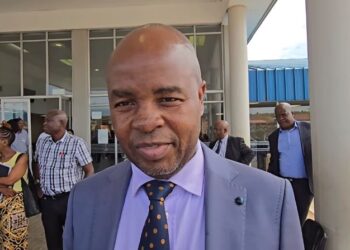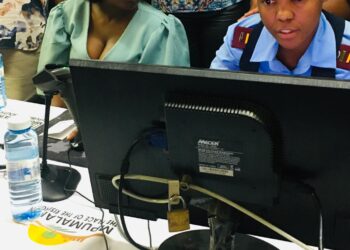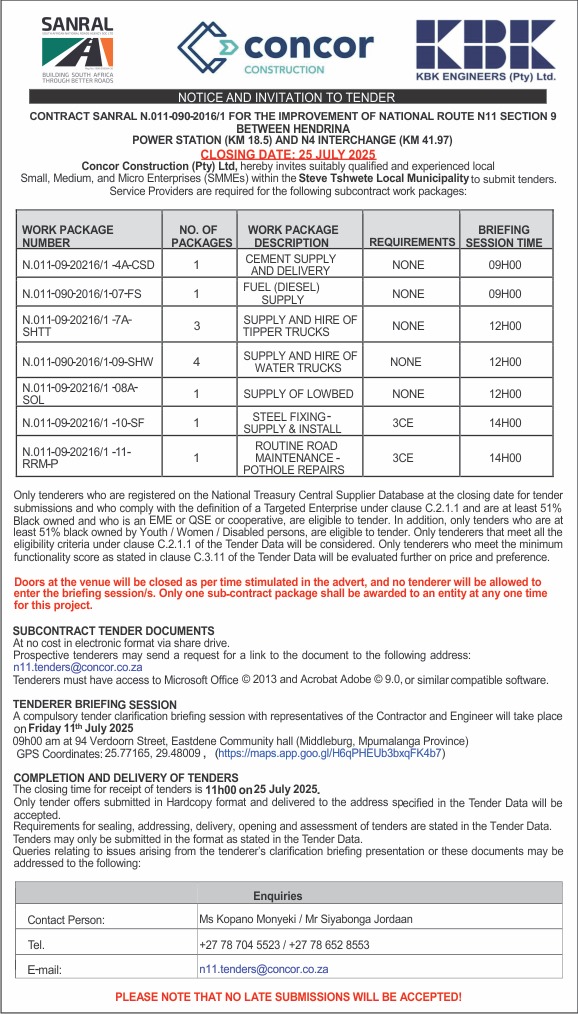The Senwelo family in Pankop has lost trust in the Mpumalanga Emergency Medical Services (EMS) after it failed, on two occasions, to respond to their call for help, resulting in the death of family members.
Tsholofelo Senwelo (26), a resident of Pankop village, expressed anger, saying that had the EMS responded swiftly to their call, her grandmother would still be alive.
“My grandmother died in her house. She had been suffering from heart complications for a year, and on that fateful day, she was just too quiet,” Tsholofelo said.
She went on to explain that her grandmother looked very weak that day. “She was quiet for the whole day, so I decided to call an ambulance around 17h00, but there was no response. We kept calling until my grandmother died around 21h00 the same day.”
“They answered the call but never came. They kept saying it’s coming soon, but it never did. We called again, and they told us to call Vaalbank. Then we called the Gauteng ambulance service, but they said Pankop doesn’t fall under Gauteng. Eventually, we gave up,” she said.
The Senwelo family and their neighbours don’t have a car they could have used to take their grandmother to the nearest 24-hour clinic. They had hoped the ambulance would come, but it was too late.
The nearest hospital, Mmametlhake Hospital, is over 100 kilometres from Pankop.
Mpumalanga Department of Health spokesperson, Dumisane Malamule, who couldn’t provide answers about why the ambulance did not arrive, said the public should use the Presidential Hotline number 17737 or president@presidency.gov.za to create an interactive, accessible, and responsive government.
He went on to say that if community members require an ambulance but it is not accessible, they can approach the nearest EMS station, clinic, or police station, who will endeavour to assist with accessing the ambulance service.
Dr JS Moroka Municipality is covered by Mmametlhake and Siyabuswa EMS. The population of Dr JS Moroka is approximately 324,855.
Ambulances allocated are 14 (7 Mmametlhake and 7 Siyabuswa) using a 1:10,000 ratio of ambulances to population size.
“The magnitude of service demand is high, and patients are sometimes transported to Emalahleni and Gauteng, which prolongs the unavailability of ambulances,” Malamule further said.
“The use of ambulances by community members is paramount. Patients with minor ailments and check-ups can use other forms of transport to medical facilities and spare ambulances for emergencies. The department will monitor the service demand and augment the resources according to the needs of the community.”


